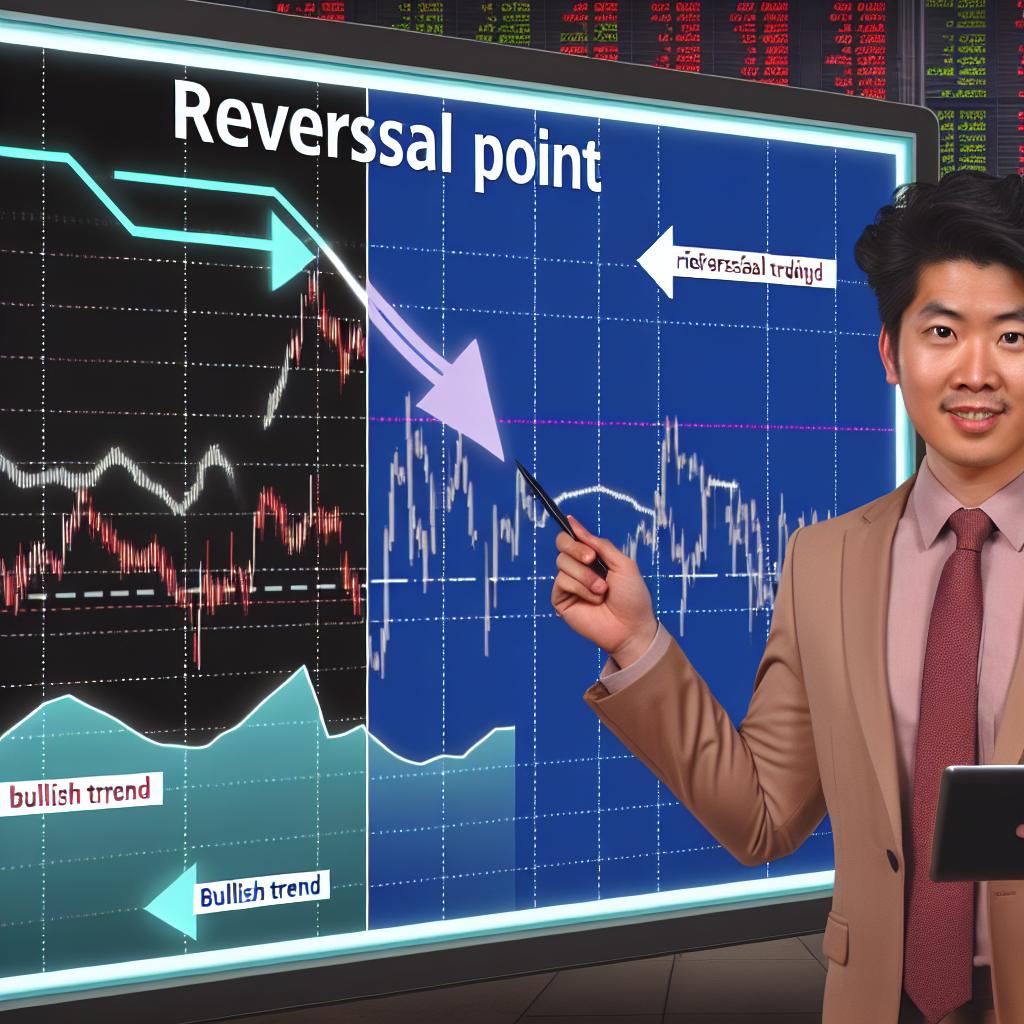
Reversal Trading Strategy: How to Identify Market Turnarounds
Written on April 7, 2025 By admin in Uncategorized
Understanding Reversal Trading Strategies
Reversal trading strategies center around predicting and leveraging changes in market direction. These strategies are used extensively by traders seeking to make calculated buy or sell decisions based on anticipated market shifts. The fundamental concept here involves identifying and acting on potential turnarounds, which can be applicable across various financial markets, including stocks, foreign exchange (forex), and commodities.
What Is a Market Reversal?
A market reversal is characterized by a transition in the price direction of an asset. Typically, this occurs when the existing trend—be it upward or downward—reaches a saturation point or extreme, subsequently shifting to the opposite direction. This shift could be short-lived or prolonged, contingent on numerous market forces and underlying factors that drive the market dynamics. Understanding the duration and potential impact of a reversal is essential for strategizing trades.
Indicators of Potential Market Reversals
Traders seeking to anticipate market reversals employ various technical indicators. These indicators serve as tools to forecast potential changes in market direction, providing a structured and analytic approach to trading.
Relative Strength Index (RSI): The RSI is a widely-utilized momentum oscillator that gauges the velocity and change of price movements. It operates within a range of 0 to 100, giving traders insight into potential overbought or oversold conditions of an asset. If the RSI reading exceeds 70, it may denote that an asset is overbought, hinting at an imminent reversal. Conversely, an RSI reading below 30 may suggest that an asset is oversold, signaling a possible upward price correction.
Moving Averages: Moving averages are instrumental in spotlighting changes in market momentum. A reversal might be inferred when a short-term moving average crosses below or above a long-term moving average. This crossover is often associated with “death cross” or “golden cross,” depending on the direction of the cross, and serves as a crucial indicator of potential market reversal.
Bollinger Bands: These bands represent market volatility, providing traders with a framework to identify reversals. When price movements breach the Bollinger Bands, followed by a re-convergence within the bands, it might signal a change in the trend direction. This movement indicates that the market may have reached a boundary in one direction and is poised for a reversal.
Fibonacci Retracement Levels: These levels are employed by traders to locate potential support and resistance levels. They can signal a reversal, especially when they align with other indicators. When an asset’s price hits these retracement levels, it often bounces back, indicating a reversal, particularly when confirmed by other market signals.
Chart Patterns
In addition to technical indicators, certain chart patterns serve as reliable precursors to market reversals. These patterns, formed through historical price data, offer a visual representation of potential market shifts.
Head and Shoulders: The head and shoulders pattern is a classic reversal signal. It manifests when the price delineates three peaks: a central, elevated peak (head) flanked by two lower peaks (shoulders). The pattern’s neckline, joining the lowest points of the troughs, acts as a critical support level. A breach below this neckline often confirms a downward reversal.
Double Top and Double Bottom: These patterns are venerable indicators of trend reversals. The double top forms with two successive peaks and usually forewarns a decline in prices upon breaching the neckline. Conversely, a double bottom consists of two troughs, hinting at a potential upward reversal once the neckline is surpassed.
Tactics for Reversal Trading
To navigate reversal trading successfully, traders must adopt a disciplined and well-structured approach. This involves several critical components:
Scenario Analysis: Traders are advised to conduct scenario analyses, contemplating different potential market conditions that might lead to reversals. Analyzing the probability and conceivable impact of these scenarios enables preparation and strategic foresight.
Confirmation Signals: Given the propensity for false signals, it is vital to authenticate reversal signs using multiple indicators. Convergence of different technical tools or chart patterns can enhance reliability and minimize erroneous trades.
Risk Management: Implementing stringent risk management techniques is indispensable in reversal trading. This typically involves the use of protective orders like stop-losses to safeguard against unforeseen, adverse market movements, thus preserving capital.
Challenges of Reversal Trading
While potentially rewarding, reversal trading is fraught with challenges. Foremost is the difficulty in discerning between a legitimate market reversal and a transient correction. Additionally, market reversals are frequently accompanied by heightened volatility—a factor that complicates the trading landscape by inducing unpredictable price fluctuations. Traders need to maintain precision and vigilant market analysis to navigate these challenges effectively.
Conclusion
Mastering the art of identifying market turnarounds through reversal trading strategies offers an intriguing yet complex avenue for traders. By harnessing the power of technical indicators, recognizing chart patterns, and adhering to sound risk management principles, traders can bolster their ability to foresee and capitalize on market reversals. For those keen on delving deeper into this subject, exploring resources from esteemed financial analysis platforms such as Investopedia or BabyPips can provide valuable insights and case studies to further enhance one’s trading acumen.
This article was last updated on: April 7, 2025